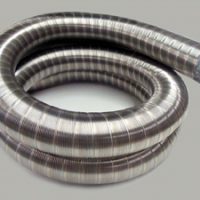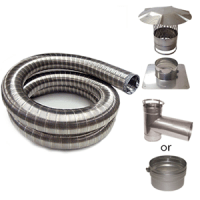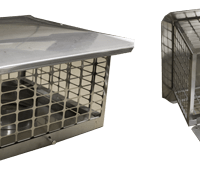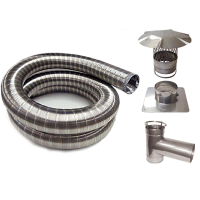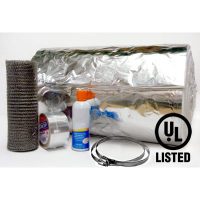Click Here to view an OVAL, SQUARE, or RECTANGLE liner sizing chart.
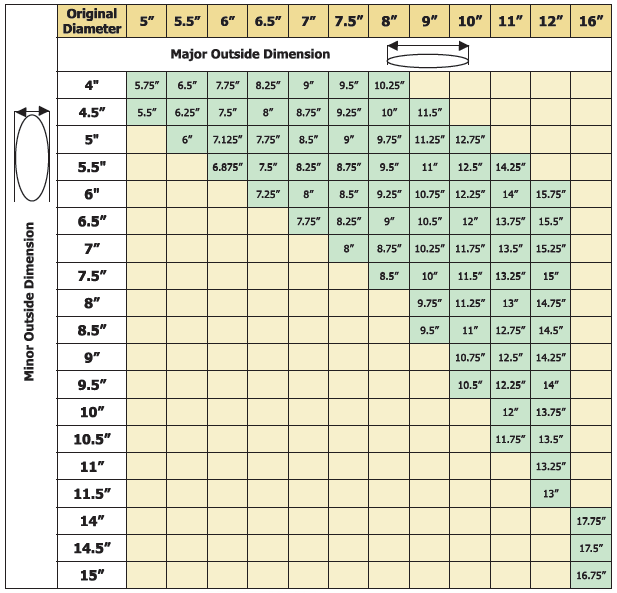 |
Flexible Chimney Liner Installation Video |
What are the differences in Chimney Liner Metal Alloys
You found your way to this site, so you must be interested in doing the job yourself. So lets discuss some options you have and the types of stainless steel chimney liner that are out there.
You can choose to use either a rigid stainless steel chimney liner or flexible pipe. Flexible pipe should be used if your chimney is less than perfectly straight with no offsets.
Rigid stainless steel chimney liner is the best product available to line a chimney. It’s thick, and cleans the best. It’s the most durable and will never rip if you clean it aggressively. Light flexible chimney liners need to be cleaned with a type of plastic chimney brush because they are so thin.
There are different types of thicker more durable flexible liners available. Flex King Pro is a 2 ply, smooth interior liner. It cleans much better than standard Flex King liners and is more durable.
Heavy Flexible liners are very thick and durable. The only problem with them is that they are very heavy. A homeowner may have some trouble when installing a heavy flex stainless steel chimney liner.
Buy Flexible Chimney Liner Now
If you are going to purchase a light flex stainless steel chimney liner you should buy one that is made from 316TI stainless steel. A lot of lesser quality liners are made from 316L. The TI stands for titanium. The addition of titanium gives the liner the ability to withstand less than perfect chimney conditions.
Click here for more information about DIY chimney liner projects

